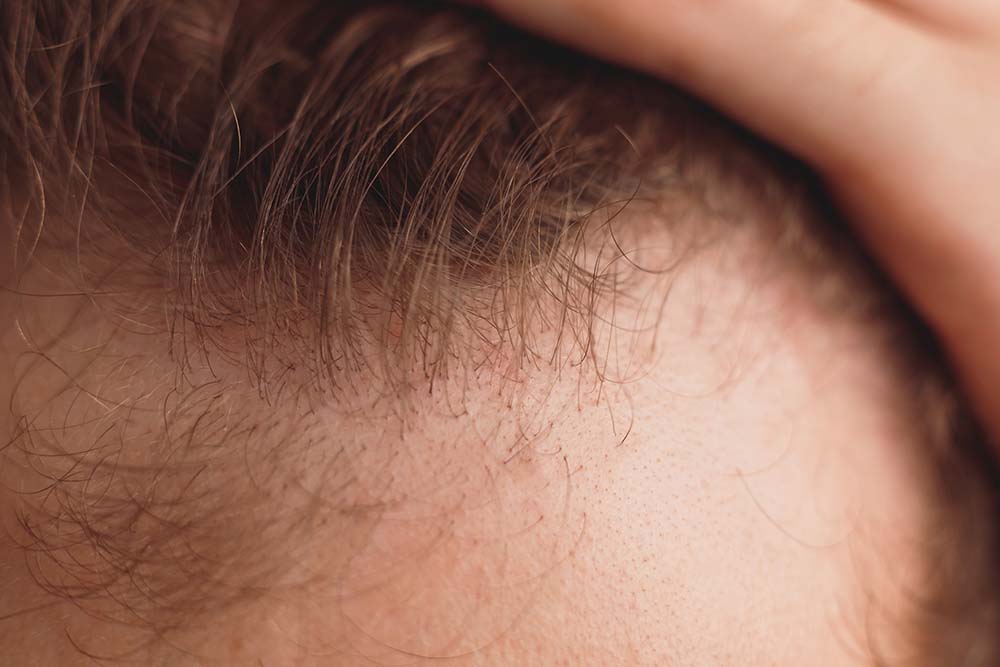DHI Technique
What Is DHI Technique?
DHI Hair transplantation stands for Direct Hair Implantation. In this treatment, hair transplantation is performed using special devices called implanter pen. DHI is recognized as one of the most advanced hair transplantation methods.
The DHI technique allows having hair transplantation in two stages without opening any surgical incisions. While other methods require three stages, respectively, graft collection, grooving, and graft transplantation, only graft collection and graft transplantation stages are used in the DHI technique.
Who Is Eligible for DHI Technique?
The DHI technique is not suitable for everyone. You need to be examined by a specialist hair transplant to find out if you are suitable for this technique. The patient's hair root scale, hair root depth, and hair thickness are examined with a comprehensive examination. Patients who do not have enough grafts in their bodies are not eligible for the DHI technique.
As with all hair transplant procedures, candidates must be over 18 years old for the DHI technique. In addition, the DHI technique is not performed on patients with Hepatitis C, AIDS, Lichen, and Pseudopelad. Candidates with chronic diseases such as diabetes can have hair transplantation if their doctor approves.
How Is DHI Technique Performed?
The DHI procedure is described as a minor surgical operation. Therefore, it may be necessary to pay attention to some recommendations before the operation. As in all surgical operations, it is important to stop smoking and alcohol consumption and not to use blood thinners before DHI operation. In this way, the risks of postoperative complications are minimized.
On the day of hair transplantation, your hair should be clean. Therefore, it is recommended that you wash your hair and come back on the morning of the operation. Do not use any chemical products other than shampoo.
Before starting the DHI hair transplant operation, local anesthesia is applied to the procedure area. In this way, the risk of the patient feeling pain during the operation is eliminated. After that, the first stage of the operation, the graft collection part, is started. At this stage, special devices called implanter pen are used. This device loosens the hair follicles to be collected as grafts and collects them one by one. After this stage is completed, the second and final stage is passed. After calculating the right angle for hair transplantation, the grafts are transplanted directly into the target area. The grafts placed in the device called the implanter pen are placed into the holes opened with the help of this device. With the completion of this stage, the entire operation is terminated.
After the Operation
For the operation to be successful, it depends on the hair follicles not being damaged. Therefore, protecting the operation area is vital during the recovery period. It is recommended to rest at home for the first three days after the operation. To protect the area from any strikes or touch, you should choose loose clothing or tops with buttons or zippers, such as shirts, and pay attention to your sleeping position.
You are not allowed to do heavy exercises and be exposed to direct sun or heat in the first four weeks after hair transplantation. During your recovery period, it is necessary to avoid smoking and alcohol consumption. Don’t forget that complying with your doctor's directives will allow you to have a more comfortable and better recovery process.


